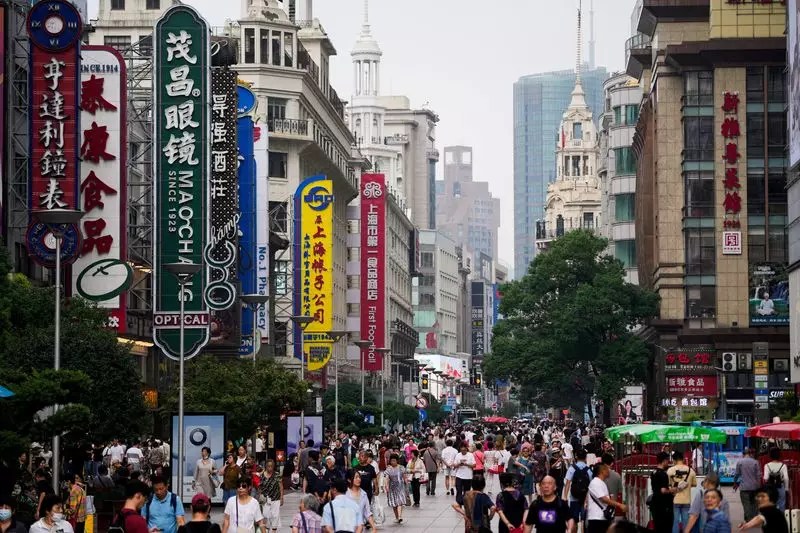China’s rapidly evolving economic landscape faces both challenges and opportunities as the nation gears up for potential headwinds from international trade policies and domestic financial pressures. Recently, Chinese authorities expressed a consensus to raise the budget deficit to an unprecedented 4% of the gross domestic product (GDP) for the upcoming year, a significant adjustment from the initial 3% target. This change reflects a proactive fiscal strategy that is poised to stimulate economic momentum amid uncertainties that threaten growth.
According to sources familiar with the decision-making process, the move to elevate the budget deficit is intricately tied to broader fiscal policies designed to combat impending challenges, notably an anticipated increase in tariffs led by the incoming U.S. administration. The additional spending is anticipated to inject approximately 1.3 trillion yuan (about $179.4 billion) into the economy, showcasing a significant commitment to stabilizing economic growth. This initiative has been discussed in detail during the Central Economic Work Conference (CEWC) and is aligned with the strategies outlined in December’s Politburo meeting. However, the details remain unofficial until announced in the forthcoming parliamentary meeting scheduled for March.
The decision to embrace a more expansive fiscal approach underscores the vulnerabilities that have afflicted China’s economy in recent months. High debt levels among local governments, a faltering real estate market, and increasingly subdued consumer demand have all contributed to what can be described as a stuttering recovery process. Therefore, the elevated deficit is not merely an exercise in numbers, but rather a critical intervention aimed at reigniting economic vitality.
The stakes have been raised as Donald Trump prepares to assume office again, threatening to impose tariffs on a variety of Chinese imports. Such measures could exceed 60%, posing a significant danger to China’s vast export sector, which has been a key driver of its economic engine. Analysts indicate that a substantial proportion of Chinese goods—valued at over $400 billion—could be adversely affected, necessitating a response that mitigates potential fallout.
Additionally, this context presents a rationale for the potential revision of the yuan’s exchange rate. By allowing the currency to weaken, Chinese officials aim to make exports more competitively priced abroad, effectively cushioning domestic manufacturers against the brunt of punitive tariffs. Such currency maneuvers, combined with the fiscal deficit increase, mark a strategic pivot toward bolstering economic resilience in the face of external pressures.
Accompanying the fiscal alterations are anticipated changes in China’s monetary policy. The indication from the CEWC is that the central bank will shift toward a more benevolent “appropriately loose” monetary stance, diverging from the “prudent” tactics that have dominated for over a decade. This pivot reflects an acknowledgment that sustained economic expansion is pivotal for long-term stability amidst escalating debt—which has ballooned more than fivefold compared to GDP growth over the same timeframe.
With expectations surrounding potential interest rate cuts and liquidity infusions, the landscape is shifting. Such policies are designed not only to enhance immediate financial flexibility but also to revitalize consumer confidence and investment—a crucial element given the economic headwinds posed by the U.S. tariff landscape.
While the immediate focus of these policy adjustments centers on short-term stabilization, the long-term implications remain significant. The dual approach of raising the budget deficit and potentially loosening monetary policy underscores a critical recognition among Chinese leaders: to sustain momentum, proactive measures must be taken against external threats while addressing prevalent domestic challenges.
The road ahead will require deft navigation of complex economic waters. As China endeavours to balance growth with sustainable practices, the upcoming months will reveal the effectiveness of these strategies. It is clear that the nation will rely heavily on a combination of fiscal stimulus and monetary adjustments to counteract both domestic economic stagnation and the looming specter of international tariffs. The global economic community will be watching closely as China’s leaders implement these bold strategies, striving to maintain their position in a rapidly changing world.


Leave a Reply